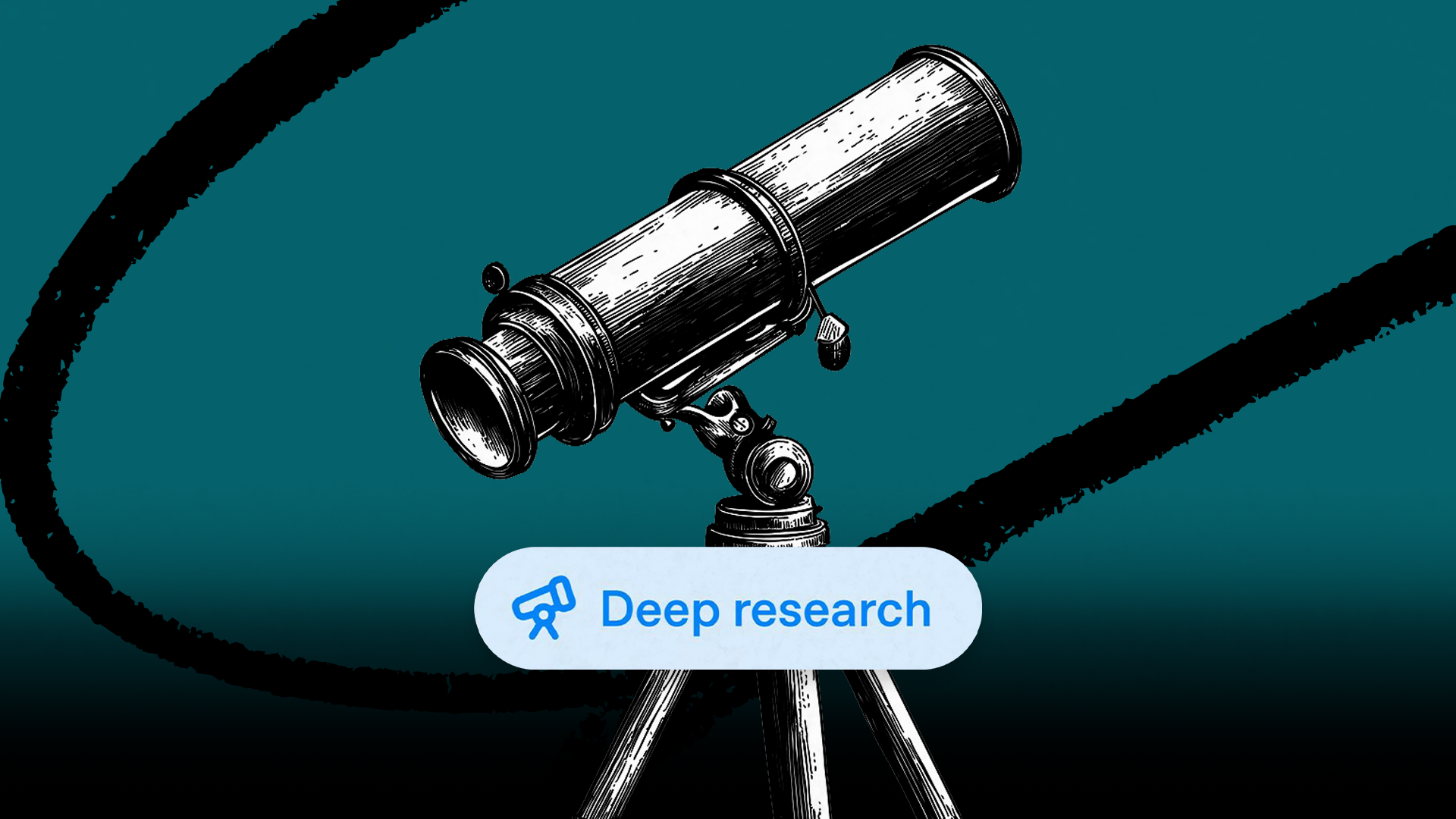
Was this newsletter forwarded to you? Sign up to get it in your inbox.
On Sunday night, OpenAI dropped a new tool called “deep research”—an agentic research assistant.
If you give it a question—like, “Can you compile a wardrobe for me based on these pictures?” or “Can you write a history of Every’s business from its founding until now?” or “Look through recently filed 10ks, do you see any uncaught financial discrepancies?”—it will happily go off and compile a full-blown research report that can run upwards of 16,000 words.
Crucially, it’s not like previous versions of ChatGPT that are equipped with web browsing that simply summarizes the results of a single web search. Instead, deep research runs fully autonomously and works through many steps before returning an answer.
Deep research is an information bloodhound, let loose on your question until it synthesizes an answer. It can take anywhere from one to 30 minutes depending on the complexity of the question. And you can watch it do research in real time, following its thought process as it trawls through sources—from one to more than 22 in our tests—thinks through its findings, and knits everything together into a single comprehensive report.
It works much like Google’s product of the same name released a couple months ago, but unlike Google’s version, we think deep research is pretty awesome.
It is a chauffeured stretch limo for the information superhighway. It is a double-decker tour bus— but you’re the only passenger and the city you’re touring is the sum total of human knowledge. It is C-3PO but less neurotic. It is Samwell Tarly but not as bumbling. It is Hermione if she never gets tired.
In other words, it is a bazooka for the curious mind. So how does this bazooka work? And where might it be useful?
We at Every had the opportunity to try it out for the last few days. Here’s what we found.
How deep research works
Getting started with deep research is straightforward: You select “Deep research” inside the ChatGPT interface, type your question, and watch it go.
Source: Chatgpt.com.After you type your question, deep research replies with follow-up questions in order to help clarify and refine what you’re looking for. Once you confirm (or ignore) its questions, it launches into its research phase. You’ll see it methodically going through sources, but there’s no mid-cycle “stop” if it starts repeating itself or chasing random tangents. We assume this will be added fairly quickly, but until then it can feel frustratingly slow, especially if you realize at minute three that you’d rather ask a different question.
Making sure you start off by providing the right context with a detailed prompt and great answers to the initial questions can save valuable time. In fact, we think this is a small but meaningful step toward the future of human–AI interaction—where the AI doesn’t jump immediately to do what you tell it, instead spending time clarifying your goals before forging ahead.
When deep research finally delivers your report, it can be anywhere from a few thousand words (a “quick” 30-minute read, according to one estimate) to those 16,000-word door-stoppers. That can be a lot to sift through, but if your question requires nuance, and you want a full report,deep research is the best option. You can usually ask it to reformat the report into a table, bullet points, or a summarized list of bullet “takeaways.” But if you want to pivot dramatically—say you asked for a report on Napoleon’s strategies and now are curious about those of Alexander the Great—you’re better off opening a fresh conversation.
The good, the gaps, and the wonder
Deep research sparks genuine wonder. We tried it on a sprawling timeline of how Every has evolved over the past five years, and the AI came back with details that would have taken hours (or days) to compile manually.
Source: ChatGPT.com.After about 10 minutes of reviewing 22 links and reflecting, deep research presented its 4,300-word report, “Every: A Modern Media Company Blending Content and Productivity Tools.” It covered our five-year journey from newsletter to media platform—its background, expansion into software products, revenue streams, and outlook for the future:
“In summary, Every’s identity as of now is that of a trailblazing media company that’s as comfortable shipping code as it is publishing prose. It has evolved dramatically from its newsletter bundle origins—learning from early hurdles and refocusing on a single, strong editorial product—then boldly expanded into consulting and software tools that complement its editorial mission.”
Next we asked it to read the first chapter of War and Peace, note the way that Tolstoy uses descriptions to tell us about the inner lives of his characters, and deduce what that says about his view of human nature. It significantly outperformed Operator’s attempt.
Deep research broke down Tolstoy's subtle character-building techniques—like how Prince Vasíli delivers flattery "like a wound-up clock" and Anna Pavlovna maintains a "perpetual smile" as part of her conscious performance as an enthusiastic hostess. Then it zoomed out to show what all these little details reveal about human nature: how we're constantly negotiating between authentic feelings and social performance, pursuing our own interests while maintaining a polite facade. It was the kind of insight you'd expect from a literature professor, delivered in minutes.
It’s especially exciting for personal tasks like, “Here are pictures of me in my favorite outfits, I like THESE brands, my body proportions are X,Y, Z—design a capsule wardrobe and recommend stores that suit my style.” That’s the sort of problem for which you want a thorough, personalized reflection, not a generic top 10 list from a search engine.
But wonder isn’t always guaranteed. Sometimes, deep research repeats itself when there isn’t enough raw material to flesh out thousands of words.
For example, when we asked for "the best TV under $1,000," we got a meandering 15,000-word novella that repeated the same points about price segments, features, and buying advice. But the problem wasn't with the tool—it was with the vagueness of our prompt. After getting specific about our needs (it would be installed in a bright room and used mostly for streaming) and answering its follow-up questions, the results were much more focused and useful.
Source: Numbers via ChatGPT.Deep research provides citations for the claims it makes and links back to the sources it uses.
Source: ChatGPT.com.So it’s generally reliable, but it isn’t immune to hallucination. There’s a tradeoff: Deep research can accomplish orders of magnitude more than a typical GPT-4 request, but it requires more time, more trust from the user, and a watchful eye for when it might go off the rails. We assume that we’ll develop this over time, but there is definitely a nagging feeling that some claims presented in the deep research reports just might not be true..
All that said, the possibilities for letting it rummage around a pile of references (your own notes, uploaded PDFs, images of your wardrobe), enhance the context from online references, and produce a cohesive, creative answer are immense.
Deep research’s deep impact
Deep research is the kind of tool we’ve always dreamed of being able to use.
In early 2023, I (Dan) predicted that AI would soon be able to autonomously write research reports about any topic you wanted. To be honest, I didn’t think it would take this long, but I am so glad that that time is finally here.
One of the things we love most about this era of AI tools, like ChatGPT and Claude, is that it ushers in a world where any question can be answered in seconds. Because it’s so easy to ask questions, we find ourselves asking many more of them—and therefore learning much more in a day than we did previously.
But before deep research, the kinds of questions we could ask—and the answers we could expect—were limited. If an answer already exists, ChatGPT blurts it out to you. But many questions don’t have existing answers; in fact, many of the most interesting ones don’t. That’s not because they are unanswerable. It is because no one has bothered to answer them.
For example, Google Search does not surface an article that answers the question: “What is Tolstoy's view of human nature in chapter 1 of War and Peace as told through the way he writes character descriptions?” That’s not because an answer doesn’t exist—it’s out there. But no one has bothered to synthesize one yet.
Deep research is the tool for finding the answers to those questions, and that makes it an immensely valuable tool in any curious person’s toolkit.
However, it’s still early and not without flaws: Yes, it produces a substantial report that can get repetitive if your prompt isn’t robust. Yes, there’s no mid-research nudge to rein it back in if it goes off track. And yes, it might serve up the occasional spurious claim without a solid citation.
But it delivers an impressive sense of depth and possibility, like having a personal research department on call, ready to sift through mountains of information so you don’t have to.
It means your leverage as a creative person is growing.
If you have a question that can’t be answered in two lines of text, deep research might be the best friend you never knew you needed. Deep research opens the door to a world where language becomes the central interface to knowledge—less mouse and thumbs, more conversation. It’s a glimpse of a future where we guide the AI, and it guides us in return.
Our tests with deep research
Here are five tests we tried with deep research and the results:
The Only Subscription
You Need to
Stay at the
Edge of AI
The essential toolkit for those shaping the future
"This might be the best value you
can get from an AI subscription."
- Jay S.
Join 100,000+ leaders, builders, and innovators

Email address
Already have an account? Sign in
What is included in a subscription?
Daily insights from AI pioneers + early access to powerful AI tools
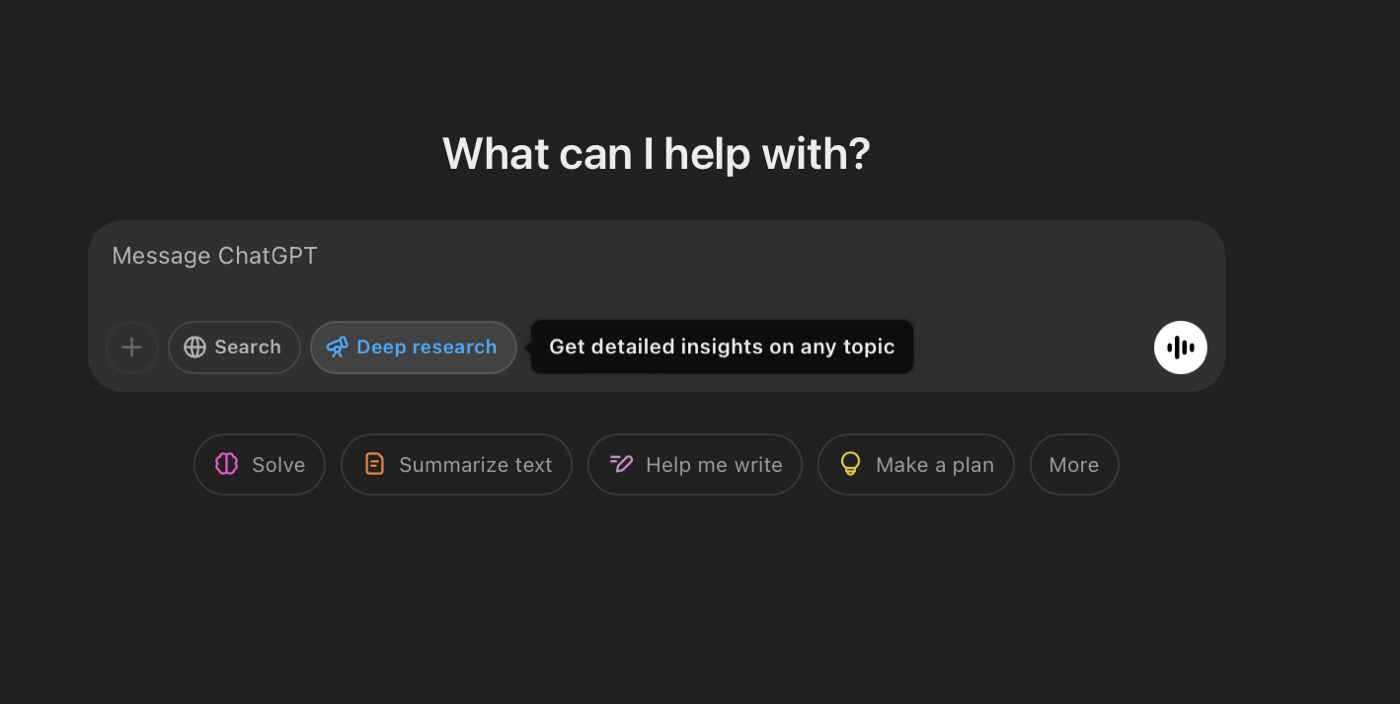
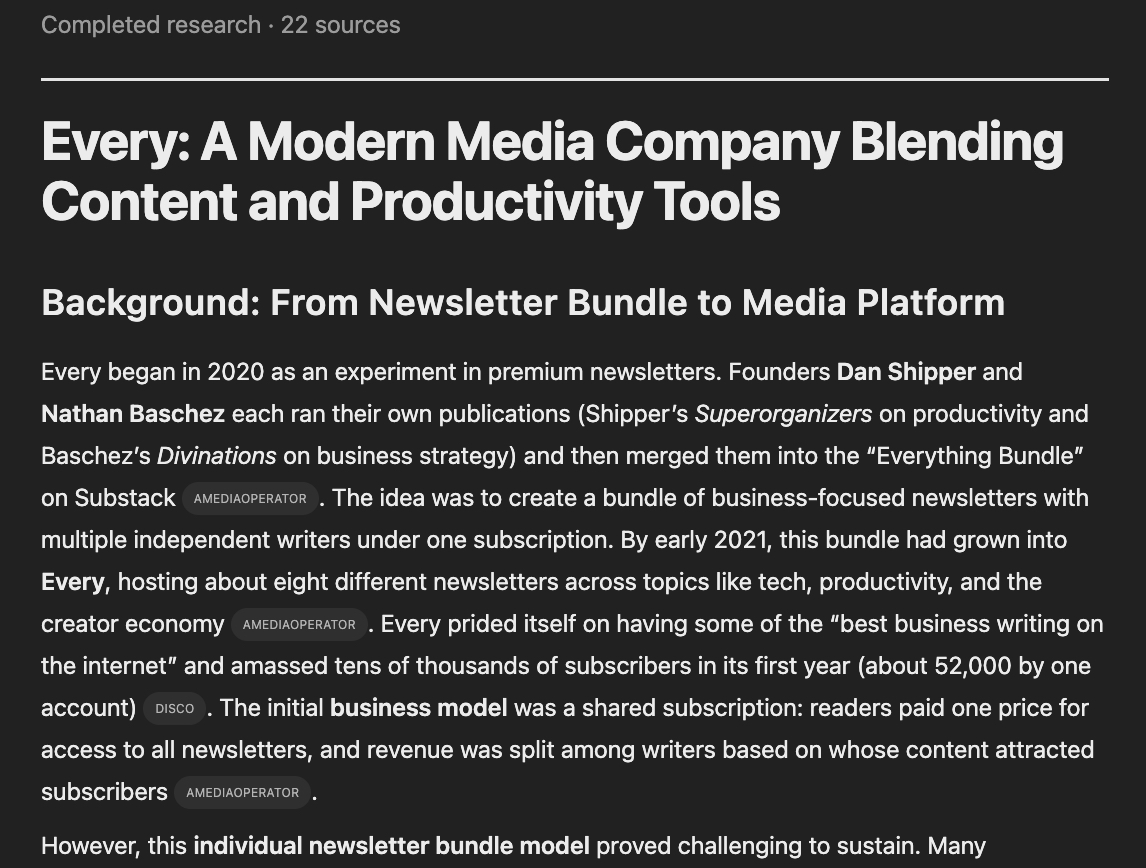
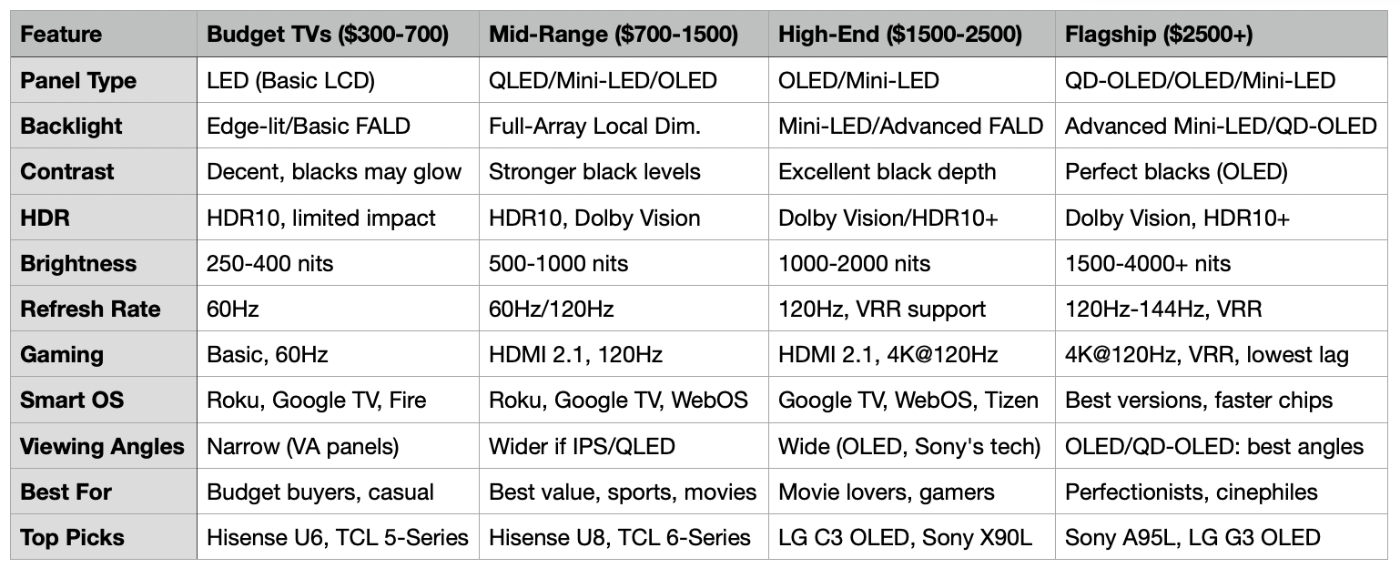
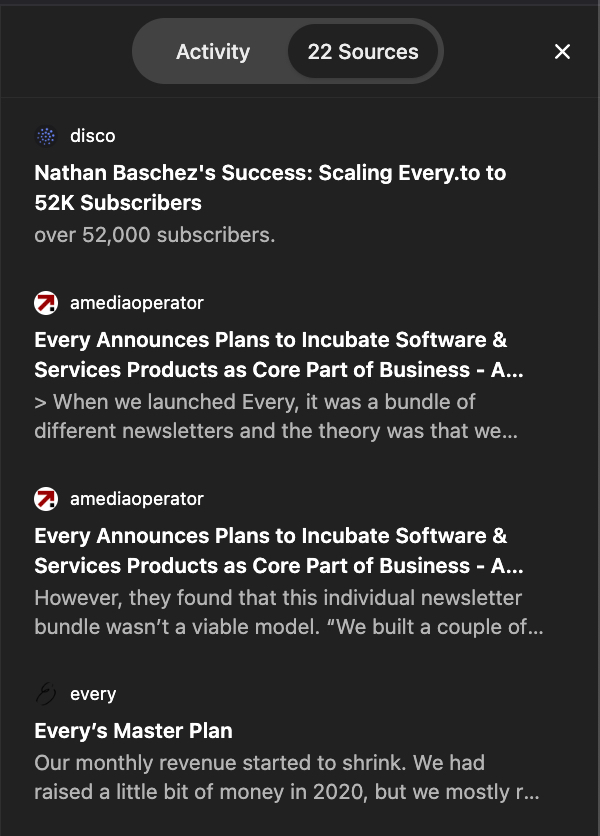
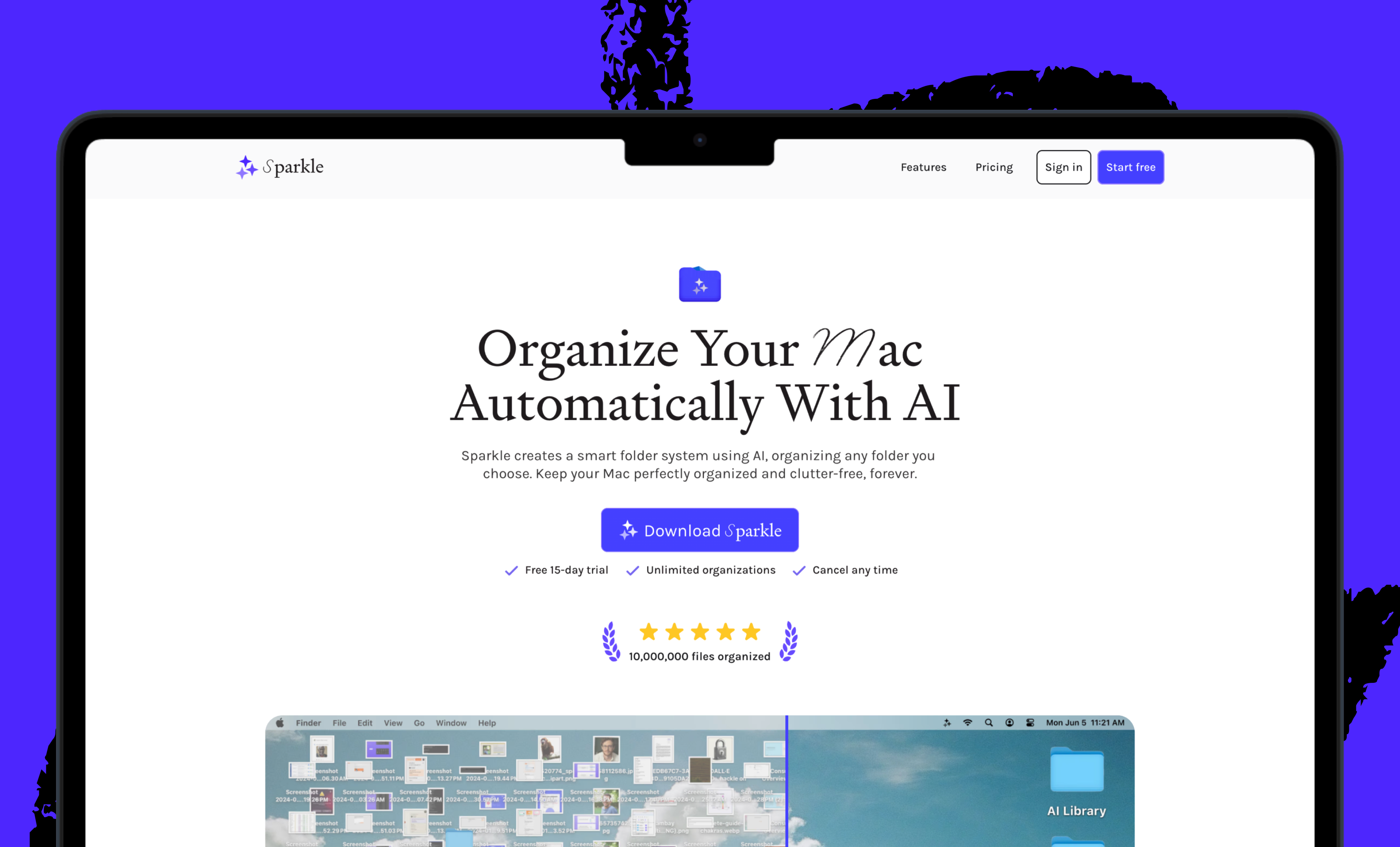
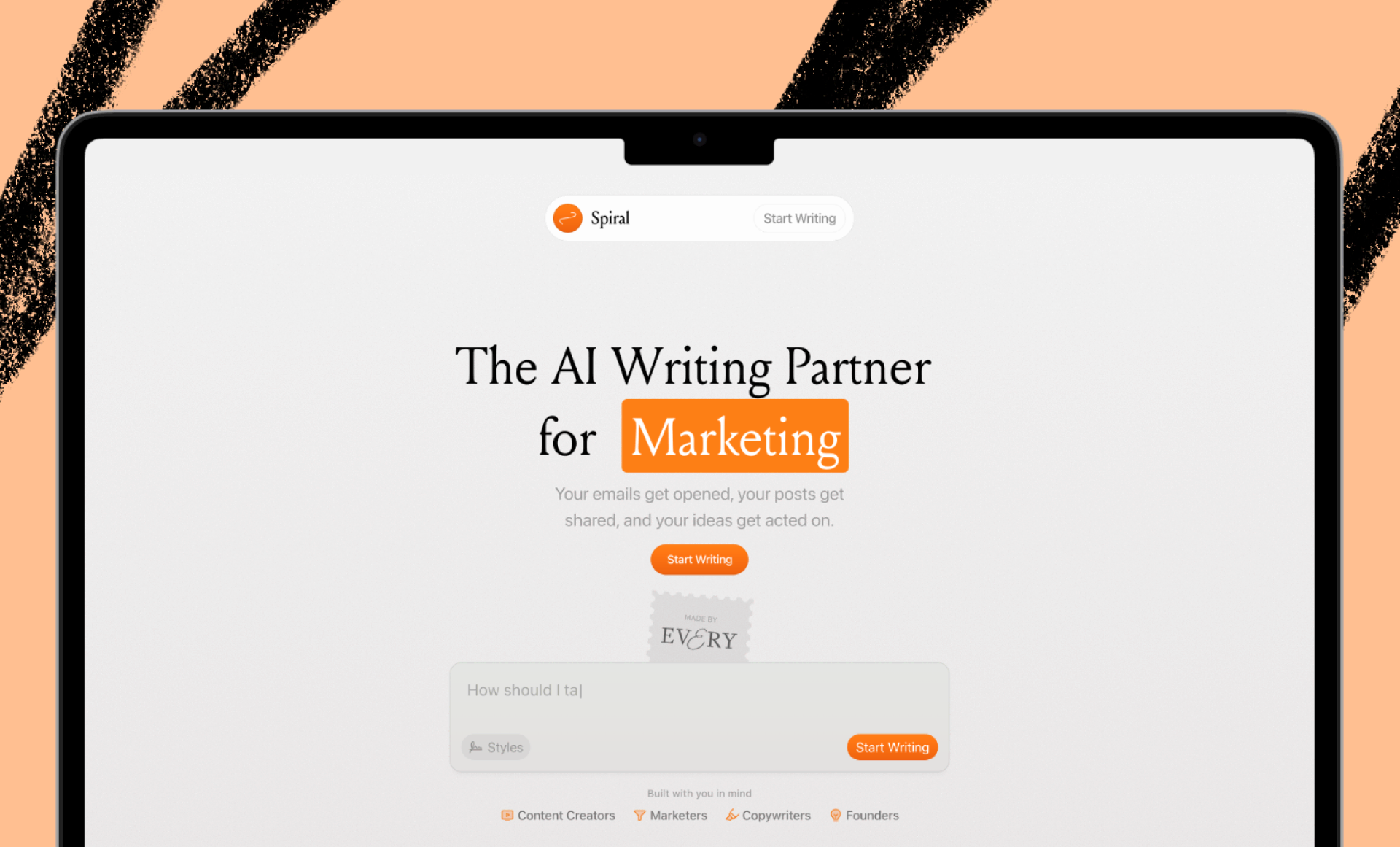
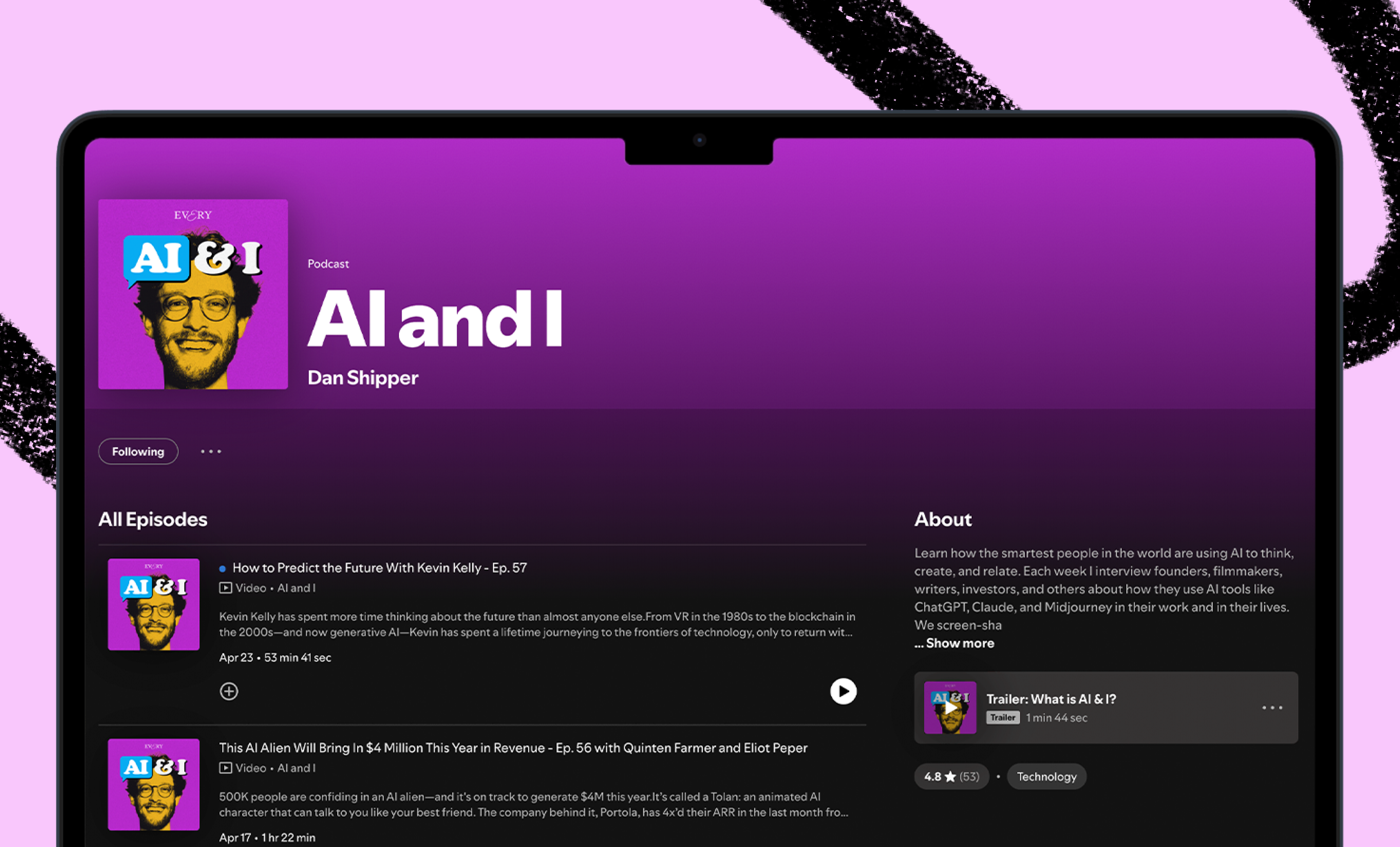

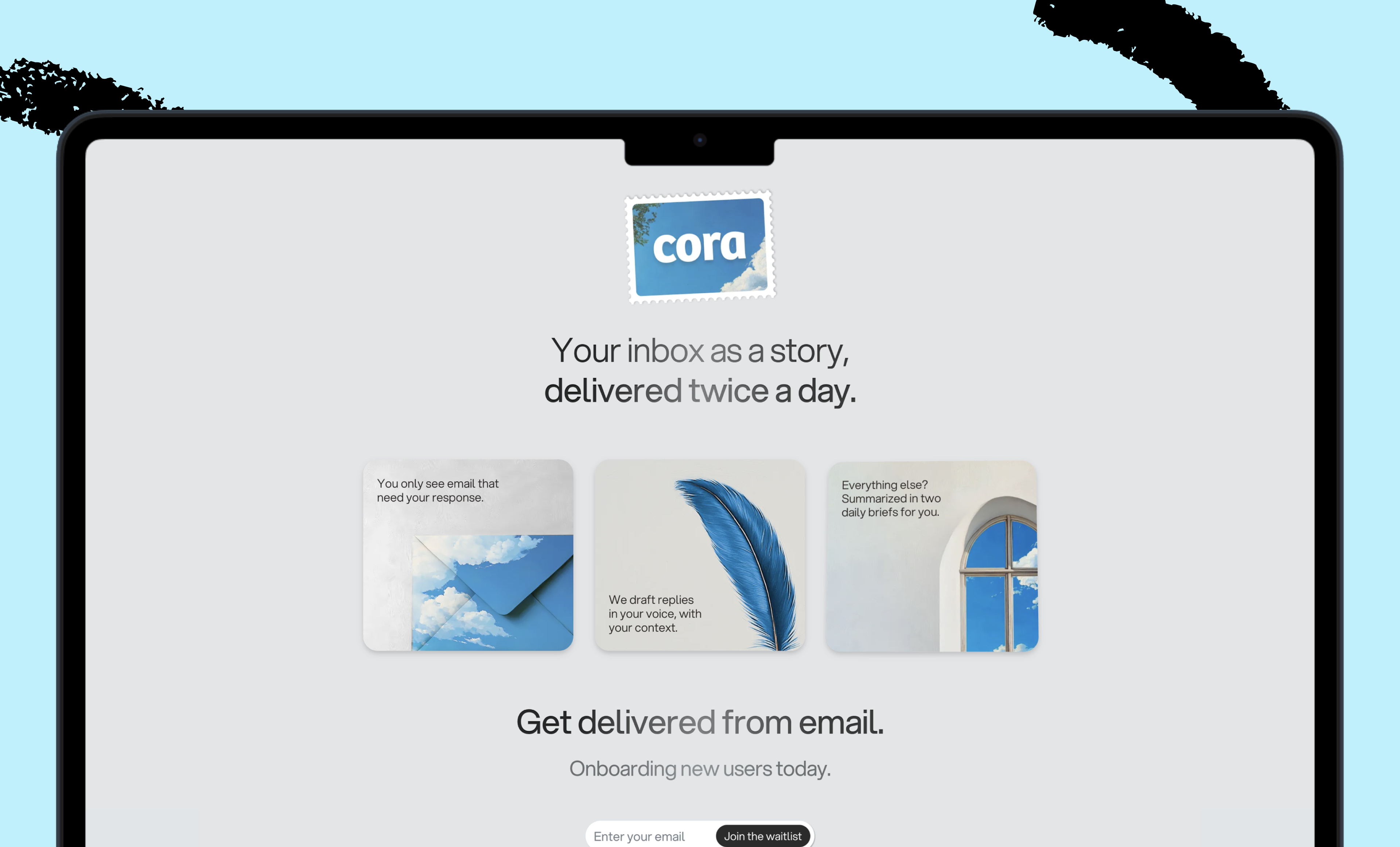

.png)
.png)
